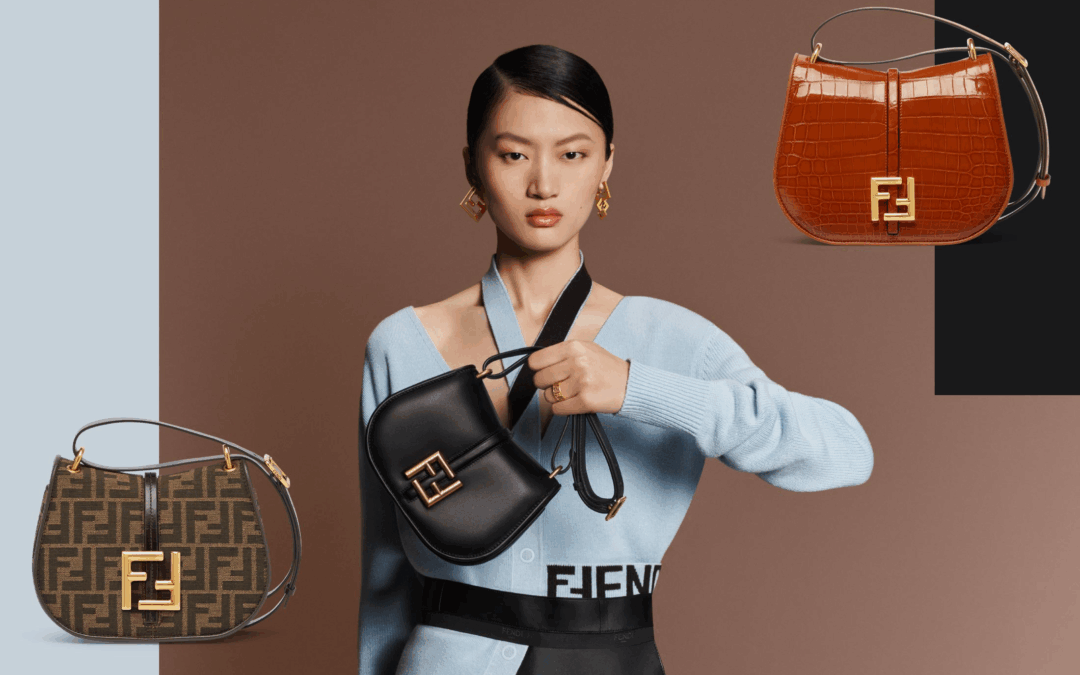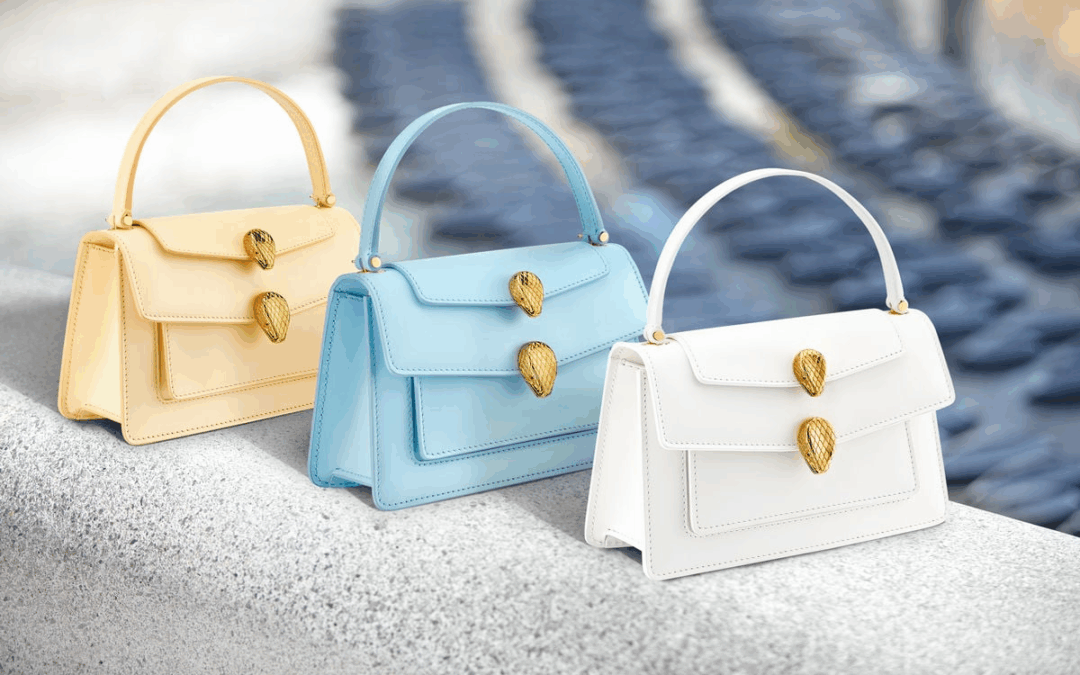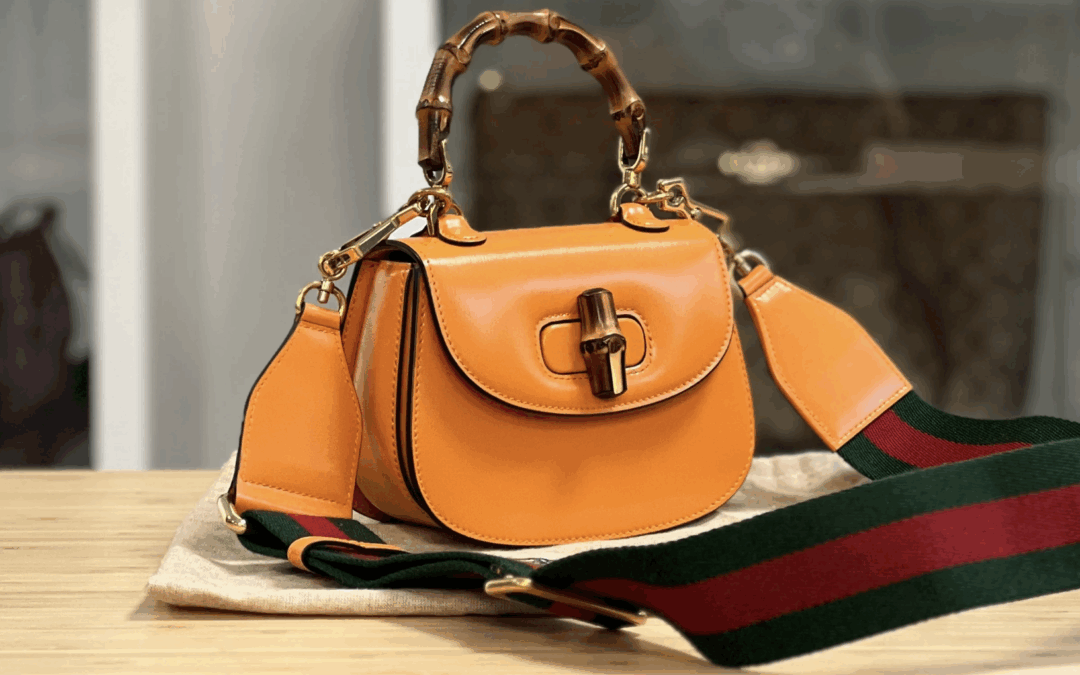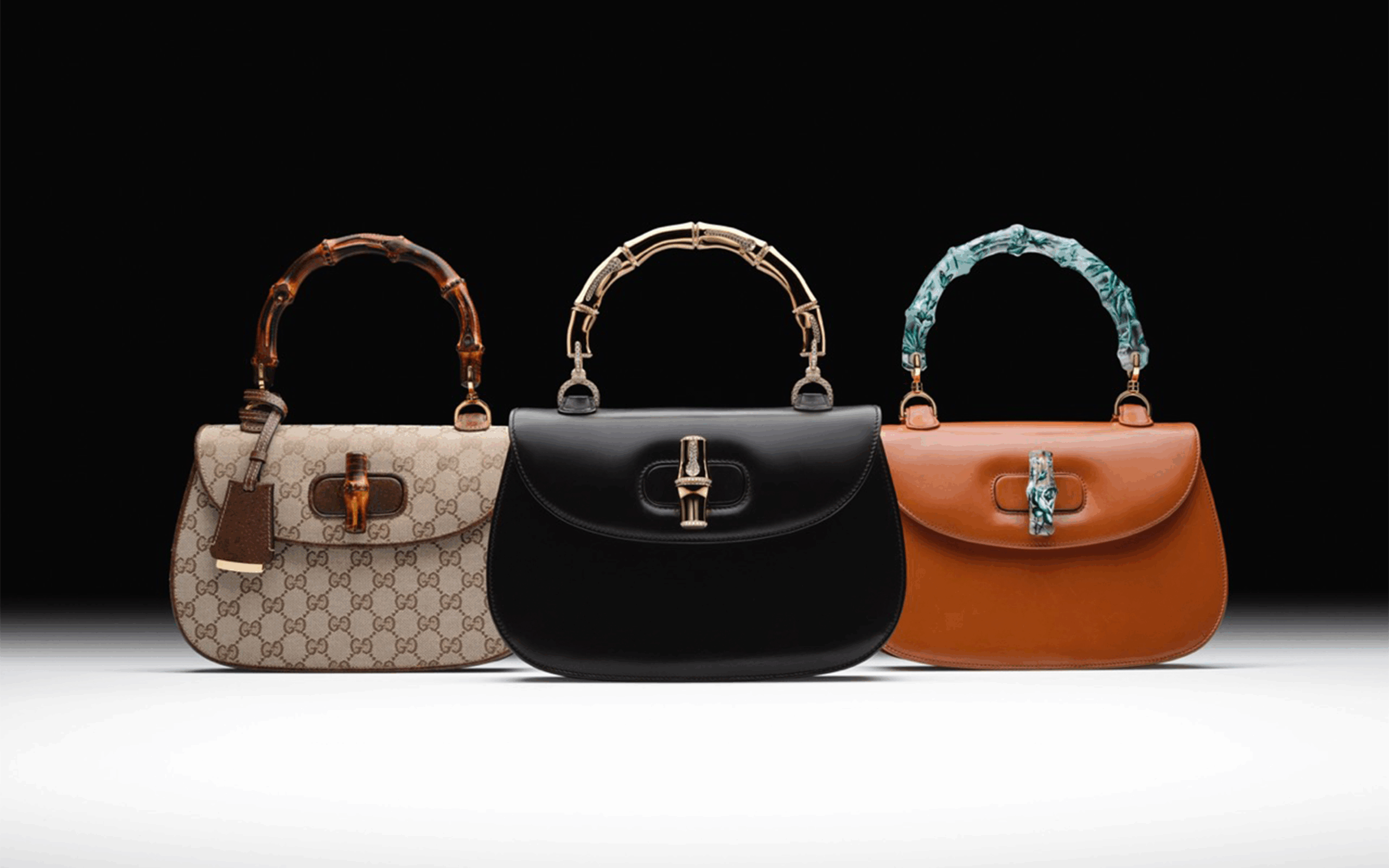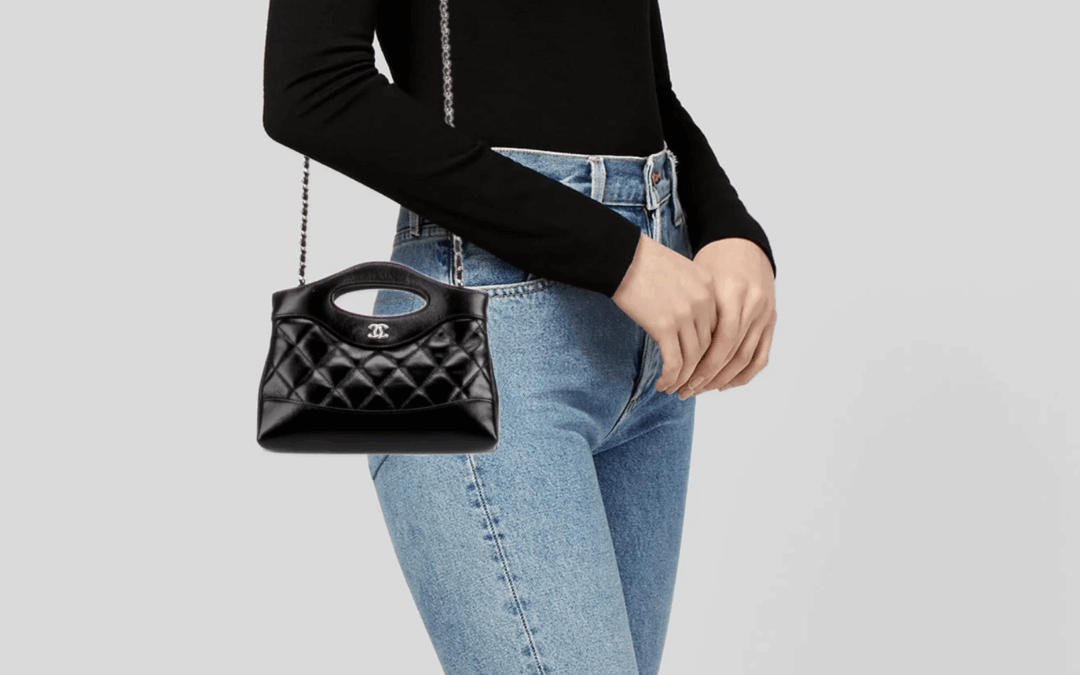
Tiny Tote, Titanic Ego: The Gospel of the CHANEL 31 Nano

Tiny Tote, Titanic Ego: The Gospel of the CHANEL 31 Nano
by Thea Elle | September 12, 2025 | Style Guide
Thinking about the CHANEL 31 Nano Shopping Bag? Bravo. You’ve officially chosen a bag whose primary purpose is to look great on a marble countertop next to a latte. It’s not here to hold your things—it’s here to hold your status, your Instagram aesthetic, and maybe a lipstick if you push it. But fear not, we’ve curated a satirical guide to help you weigh whether this pint-sized piece of couture comedy is a wise investment or just the world’s most glamorous prank.
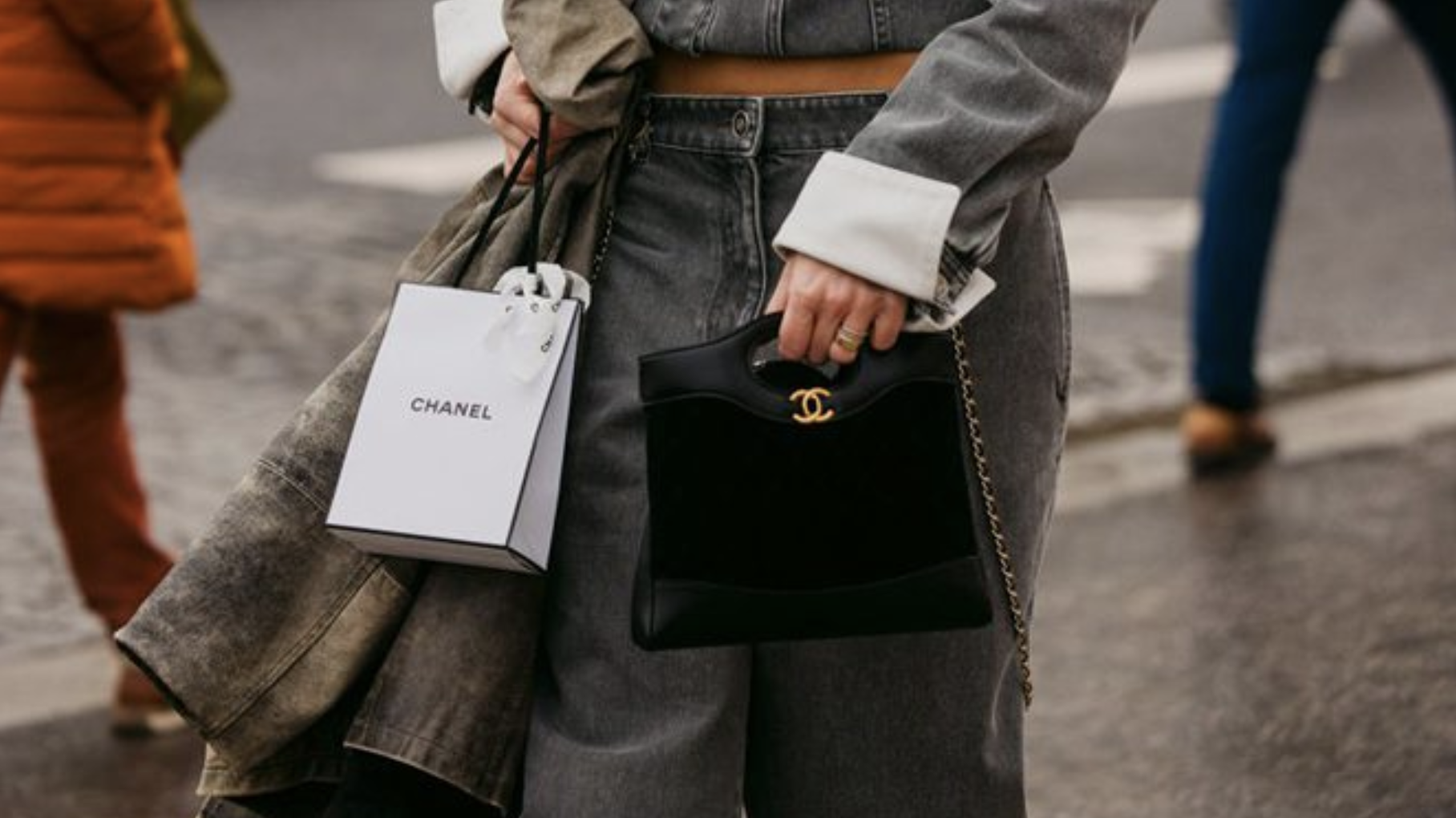
A Luxury Paradox
At first glance, calling the CHANEL 31 Nano Shopping Bag a “bag” feels like a mislabel. Bags carry things. Bags make life easier. The Nano, by contrast, is a paradox: an object that commands thousands of dollars yet offers less space than the pocket of your jeans. But that contradiction is what makes it powerful. To own one is to embrace the irony that the less a luxury item does, the more it seems to mean. The Nano is not an accessory; it’s a riddle, a high-fashion joke whose punchline is prestige.
And this paradox does more than amuse—it elevates. By carrying the Nano, you’re participating in a cultural experiment about value, scarcity, and the way we measure worth. You’re declaring that you don’t need your bag to work hard, because you already do. The Nano whispers, “I exist for no other reason than to exist beautifully,” and somehow, that feels like enough. In a consumer world obsessed with utility, the CHANEL 31 Nano thrives by being gloriously, unapologetically useless.
The Luxury Language Game
Price is never just a number in the world of high fashion—it’s a vocabulary test. You don’t say “expensive,” you say “exclusive.” You don’t say “tiny,” you say “curated.” And when it comes to the CHANEL 31 Nano Shopping Bag, you absolutely don’t say “overpriced.” Instead, you cloak the sticker shock in phrases like artisanal craftsmanship and heritage investment. What you’re doing isn’t financial justification—it’s linguistic acrobatics. You’re taking ordinary words and stretching them until they become a safety net.
For everyone else, the translation is simple: you’re paying for the story, not the stitches. But stories are powerful, and luxury knows this better than anyone. You tell yourself—and others—that the Nano is not an object but an emblem, a tiny symbol that radiates confidence. The bag may be small, but the narrative is enormous. By leaning into this language game, you shift the conversation from dollars to drama, from logic to legend. And in that context, even the steepest price tag starts to sound like poetry.
Micro-Bag, Mega Statement
What actually fits inside the CHANEL 31 Nano Shopping Bag? Technically, almost nothing. Emotionally, everything. Your phone? Too large. Your wallet? Don’t even try. At best, you can sneak in a credit card, a house key, and a lipstick that’s on its last legs. But while the contents are meager, the message is massive: you have graduated to a world where function is irrelevant and form is gospel.
The Nano is the fashion equivalent of a whisper that somehow drowns out a shout. Its emptiness is intentional. By choosing to carry so little, you’re telling the world that you’ve mastered the art of reduction. You don’t need to haul things around because you’ve curated your life down to pure essentials: money, beauty, and access. The Nano holds almost nothing, but it symbolizes everything, and in luxury, that’s a trade worth making.

She’s not a bag, she’s a personality trait.
The Nano as Performance Art
The CHANEL 31 Nano Shopping Bag doesn’t just accompany an outfit—it demands a production. If you drop it into a busy pattern or a loud print, it becomes camouflage, absorbed into the noise of your wardrobe. That’s fashion malpractice. Instead, think of yourself as a curator in a museum, and the Nano as the tiniest, priciest artifact in your collection. Neutral palettes, clean silhouettes, and dramatic textures are the white walls that let the bag take center stage.
But what makes styling the Nano truly thrilling is its potential as performance art. Pair it with pieces that mock practicality—a giant parka, sneakers with platform soles, or an accessory so oversized it feels like a parody. The Nano then becomes the balancing act, the ironic footnote that flips the whole look from serious to self-aware. You’re not carrying a bag. You’re staging a commentary on scale, luxury, and the spectacle of fashion itself.
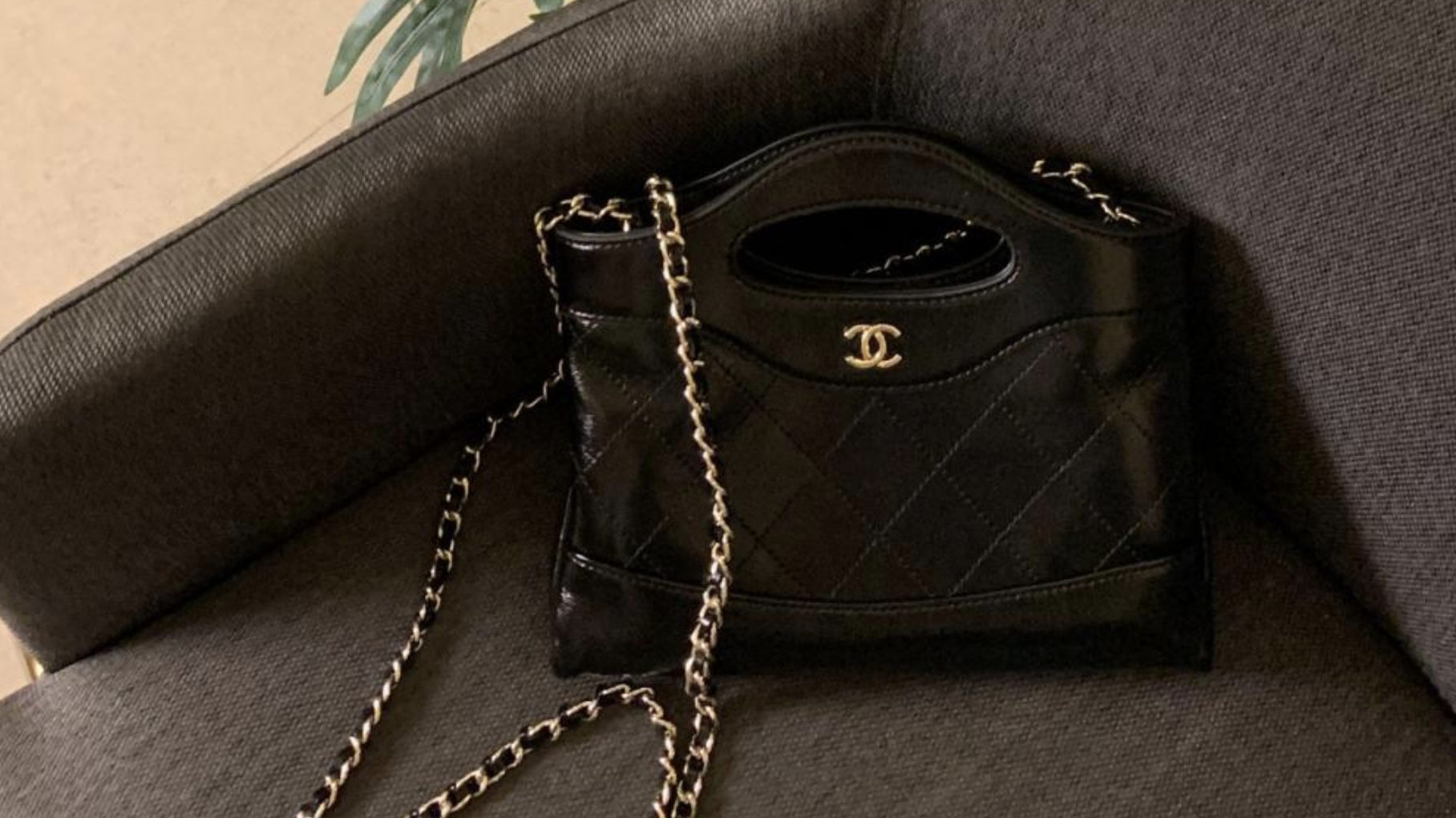
The Digital Stage Prop
Think of the CHANEL 31 Nano Shopping Bag as the Broadway star of Instagram—tiny, dazzling, and performing to the back row. It doesn’t work in the chaos of everyday life, but it shines under the bright lights of your phone camera. Balanced against marble, perched beside avocado toast, or clutched mid-stride in a street-style shot, the Nano doesn’t fade—it commands. Its size is a feature, not a bug: it forces viewers to zoom in, to notice, to double-tap.
But the real applause isn’t for the bag—it’s for the narrative it builds around you. The Nano signals that you’re fluent in the irony of high fashion, someone who can flaunt excess while winking at its absurdity. It’s a visual paradox that social media eats up: impracticality masquerading as aspiration. Throw in a cheeky caption—“everything I need fits”—and suddenly your photo isn’t just content; it’s a cultural statement. The likes aren’t for storage—they’re for audacity.
Carrying the Invisible
The CHANEL 31 Nano Shopping Bag is, at heart, an exercise in carrying the invisible. It doesn’t hold objects—it holds concepts: status, scarcity, satire. Refusing to be useful forces you to reconsider what luxury even means. Why lug around the clutter of everyday life when you can carry an idea instead? The Nano invites you into a game where practicality is passé and visibility is everything.
Psychologically, this creates a curious shift. You begin to internalize the idea that value isn’t in what something does but in what it represents. The Nano isn’t a tool; it’s a mirror, reflecting your aspirations at you. Each time you step out with it, you’re not just accessorizing—you’re role-playing a version of yourself who is enviably light, both literally and metaphorically. In that sense, carrying nothing becomes an act of carrying everything you wish others to see.
